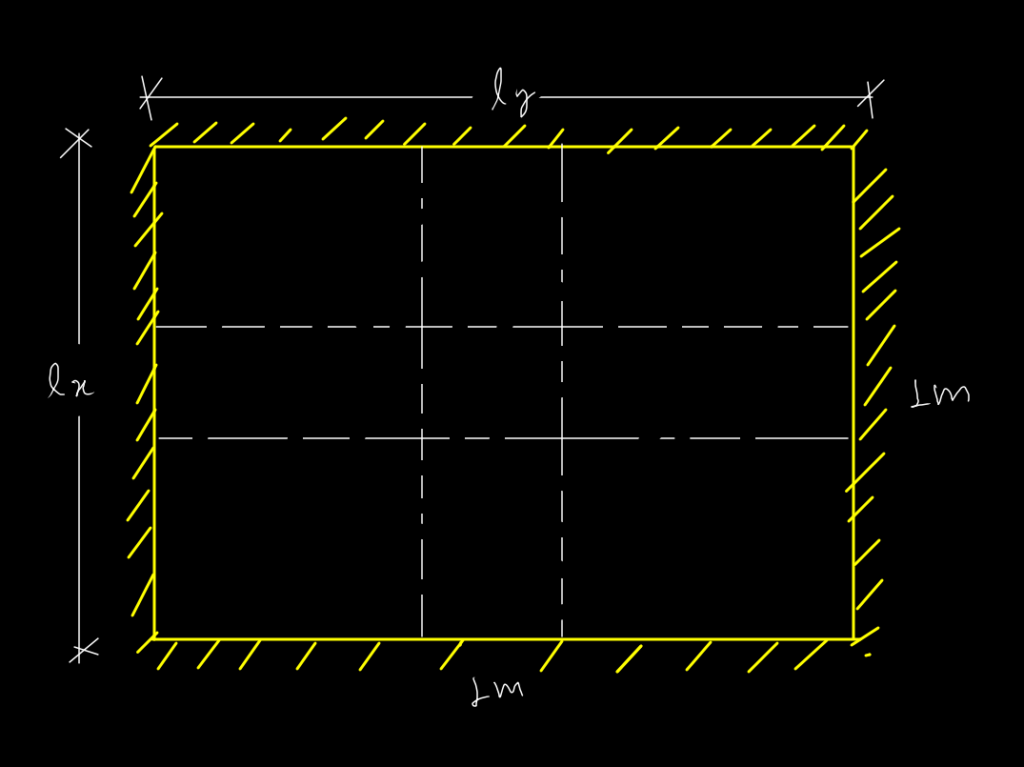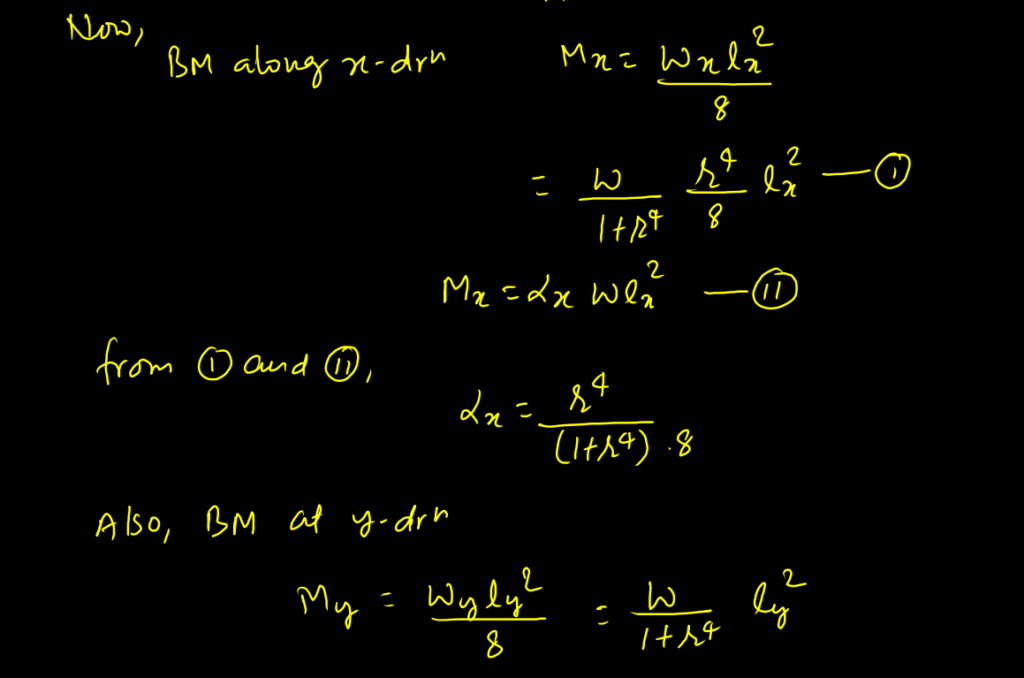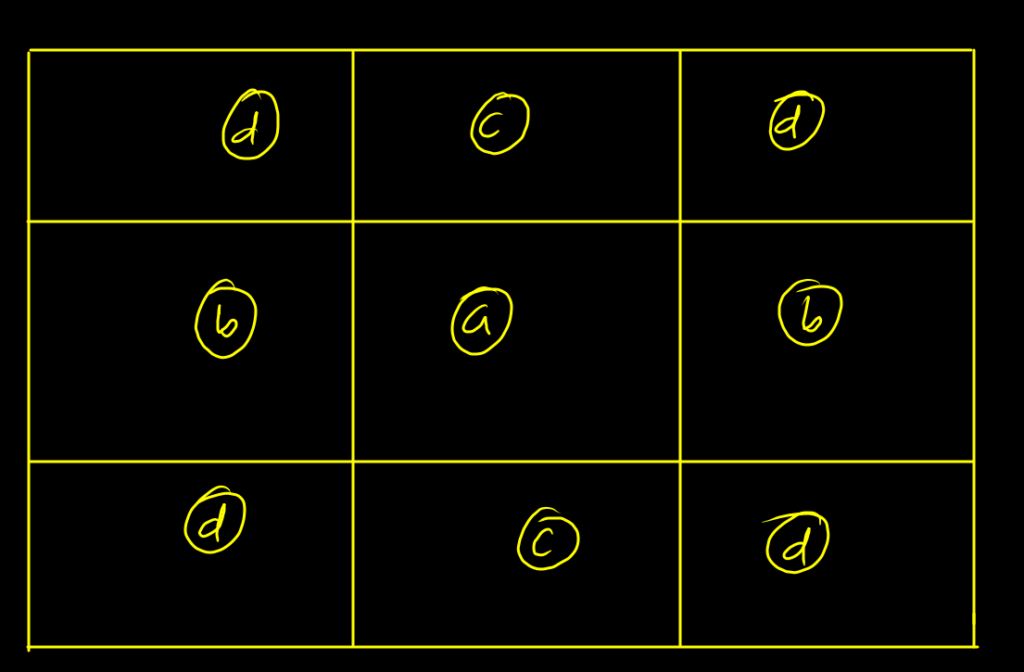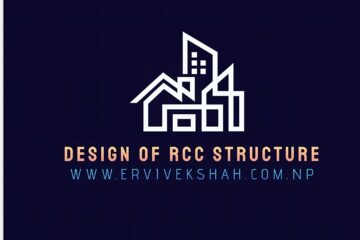Two way slab involves significance curvature along the two principal orthogonal direction or for which aspect ratio(r).
ly/lx <2

Aspect ratio only defined for the slab rectangular and support all sides.
On the basis of reinforcement being provided in these slabs are classified as :
- Orthotopically Reinforcement slab
- Isotopically Reinforcement Slab
If different amount of reinforcement is provided in lx and ly direction, it is termed as orthotopically reinforcement slab.
If equal amount of reinforcement is provided in lx and ly direction, it is termed as Isotopically reinforcement slab. These slab are also classified on the basis of the retainment provided around the corner.
- Un/Non-retainment slab : Here corners of the slab are allowed to lifted. (Based on Elastic Theory)
- Retainment Slab : Here corners of the slab are not allowed to lifted. (Based on inelastic theory)
As per code, the maximum bending moment per unit width,


This analysis is based on “Rankine Grashoff Elastic Theory”. In this analysis, the effect of torsion has been neglected and deflection are equated from both the sides.

Broken Slab in two parts:





In this case, the corners of slab are held down and torsion reinforcement is provided to take care of cracks. The edge of the slab may be continuous, fixed or discontinuous (simply supported) with different possible combination.
- Interior Panel (a)
- One short edge discontinuous (b)
- One long edge discontinuous (c)
- Two adjacent edges discontinuous (d)
- Two short edges discontinuous (e)
- Two Long edges discontinuous (f)
- Three edges discontinuous (one long edge discontinuous) (g)
- Three edges discontinuous (one short edge discontinuous) (h)
- All edges discontinuous (i)



For each of nine cases bending moment coefficient are available for midspan and edges (IS456, Table 26)
Correction were applied for prevention of lifting of corners and torsional effects of αx and αy by Markers. However αx and αy given in code (IS456:2000) are not based on Marker’s Theory but are based on Yield line theory.


